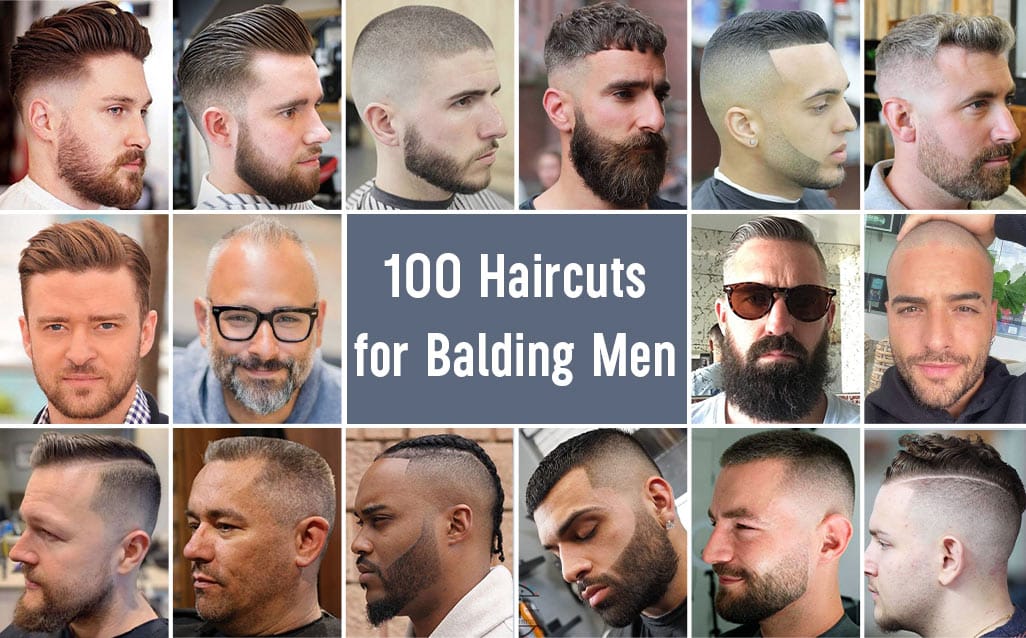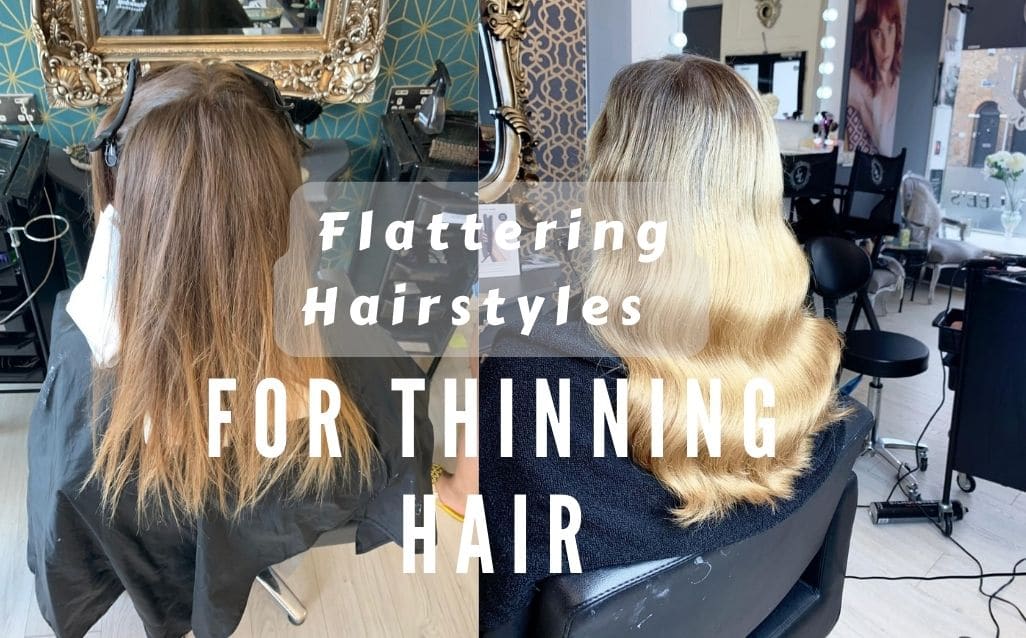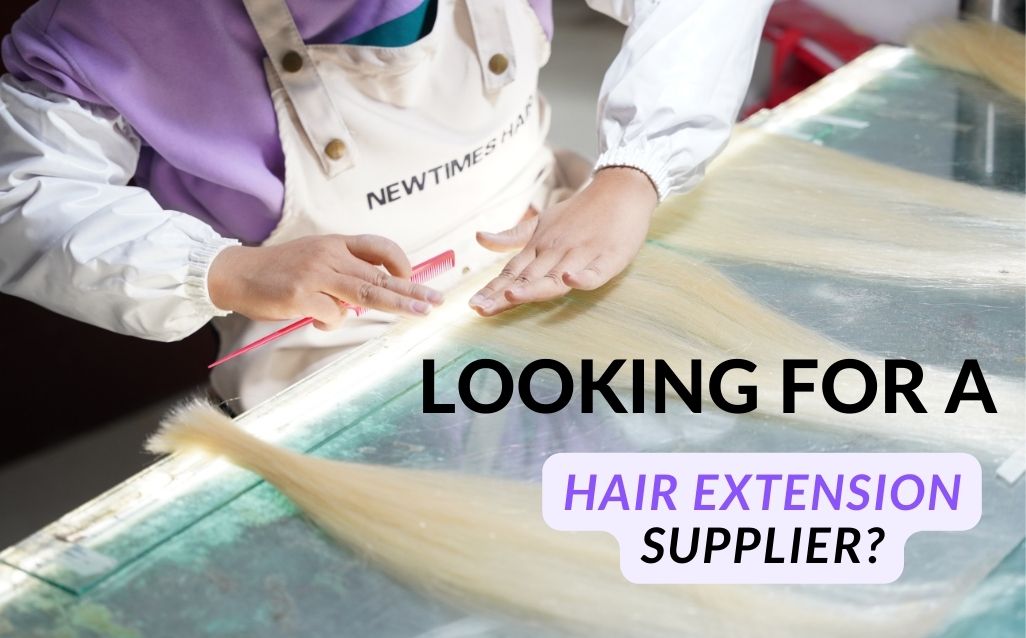In this week’s blog, we will guide you through the step-by-step process of how to make a toupee base. Making a hair system requires great skill and craft. As you know a hair system is comprised of the hair and the base. All our bases are hand-made and as this blog will explain, the process can be rather elaborate. Whilst making a skin base hairpiece or a lace hair system may not be as complicated, the hair system we are going to take as an example for this blog has an intricate base design: a fine mono middle, PU on the back and sides and a French lace front. We suggest you see this blog as an accompaniment to our video on how to make a toupee base.
To make any base, we first need to make a plaster mold. This involves six steps which are outlined below:
- Take some plaster of Paris
- Add water
- Mix them until the mixture is very thick. The technician needs to ensure the plaster is not too thin or too thick. If the plaster too thin, it will not dry easily and it will struggle to hold the shape of the template; if the plaster is too thick, it will dry too fast and it will also be hard to hold the shape of the template.
- Put the un-dry plaster into the client’s template and let the plaster completely fill the template. It is imperative that there is no space between the plaster and the template otherwise the shape will not be correct. By filling the whole template, the plaster mold will be exactly the same as the template.
- Smoothen out the still-drying plaster. A smooth face will make the next step easier. If there are a lot of bumps, it will be hard for the skin or lace or other materials to stay on the mold.
- Wait for the plaster mold to completely dry.
Once the plaster mold is complete, our technicians can think about the specifics of the base design. For this particular base design, our technicians will do the following:
- Draw lines on the plaster mold according to the client’s template from which they will clearly be able to identify which part of the mold needs to be a particular base material and where the link of the two different materials should be located. Since the sides of the base are PU with gauze, the technician will first put one layer of gauze on the plaster mold. There is fine mono in the middle and there are also four small mono windows spread across the skin gauze back. Therefore, the technician will put one layer of fine mono on the gauze of the base.
- To make the fine mono and gauze stick together, the technician will stick tape along the two sides of the link between the fine mono and the PU with gauze according to the previously drawn lines. Next, they will brush poly along the links between the fine mono and PU with gauze which also means brushing poly in the middle of the tape. Now we can see why we use tape as it will give a neat, final appearance. The poly that is brushed on will soak through and hold the fine mono and PU with gauze together.
- Now the base can be put in the oven for the poly to dry.
- After the poly has dried, we can take off the tape as well as the excess fine mono. The fine mono and the gauze will be held together by the poly and the fine mono will be in exactly the right place on the base.
- With the fine mono and gauze in place on the base, attention can turn to the French lace part. For this, the technician will simply attach the French lace on the front of the base the same way in which the fine mono was attached. As they did with the fine mono, they will stick tape along the two sides of the link between the fine mono and the French lace front. Like before, they will then brush poly in between the two pieces of tape.
- Once that is all done, the base will be placed in the oven again for the poly to dry.
- When the poly is dry, the French lace and gauze will be firmly attached to one another. Then, the technician will take off the excess lace as well as all of the tape.
Now the front lace, middle mono, and gauze are all stuck together and all are where they should be on the base but there is just gauze on the back and sides and not skin. So, the final step is to make this area become skin with gauze.
- The technician will brush poly on the gauze back and sides just like they did on the links. They need to carefully brush on a thin layer to make an even surface. They will brush on more than one thin layer to make sure the face is smooth. If the face is not smooth, people may have difficulties when it comes to applying tape to their hair systems.
- Once the technician has done all the brushing and made sure every part of the back and sides is good, they will put the base in the oven one last time for the poly to dry.
That is how you make a toupee base. Of course, the exact process will vary slightly from one hair system to another but the general steps that we have described above are applicable to any hair system. New Times Hair has a variety of basic base designs, you can find them through this link https://staging.newtimeshair.com/basic-designs-wigs/ and also we can design any base according to customers’ requirements.
We hope you enjoyed this blog. Please feel free to refer back to our previous blogs or video tutorials at any time to assist you in your business. We cannot stress enough how important it is to fully familiarize yourself with all the various technical aspects of a hair system to allow you to make the best possible suggestions to your clients in accordance with their needs and desires. If you have not already subscribed to our newsletter then we recommend that you do so.
New Times Hair is a hair replacement system wholesaler and we have a team of professional sales representatives on hand to assist you with any matter be it to do with a technical aspect of a hair system or our ordering process. We take great pride in the hair systems we produce and you can be assured of the quality of them all. If you would like any additional information about anything you have read in this article or any other information, then please do not hesitate to contact us at info@newtimeshair.com.




